Latvia hunts wolf pups and pregnant wolves
Killing of Wolf Pups priority
Latvia is the only European country where hunters kill not only local wolves but also those who are coming in from Estonia, Russia, Belarus and Lithuania.
The wolf hunting season in Latvia goes on for almost 9 months (July 15 – March 31) and hunters are killing 2 months old pups and pregnant wolf females.The killing of wolf pups was a dominant feature of the last wolf hunting season – from July 15 till October 5 hunters killed 113 wolves and 74 of them were pups (in whole season 292 wolves were killed).
Lstvia´s objective is to have no more than 200-300 wolves after the hunting season is closed in April. That goal is only met because of the constant migration of new wolves from neighbouring countries like Estonia, Russia and Lithuania where wolf hunting is less intensive. this creates the absurd situation that wolves that are protected in the neighbouring countries get shot in Latvia just because they crossed the border.
The effect of this policy is actually a dramatic increase in the breeding rate. Right now 70% of adult wolf females are breeding every year (6 pups per litter) compared to Yellowstone NP in 2008 where out of 124 wolves only 6 were breeding pairs.
Livestock depredation in Latvia is small and usually happens repetitively to the same stock owners due to negligence:
- 2005 – 9 sheep, 5 goats, 6 cattle
- 2008 – 39 sheep, 6 goats
- 2011 – 242 (of them 176 sheep)
- 2012 – 170 (of them 163 sheep)
- Oct 1 , 2013 – 174 (of them 152 sheep)
It is unacceptable that extreme hunting pressure is applied to a strongly protected endangered species in the 21st century and must be immediately stopped.

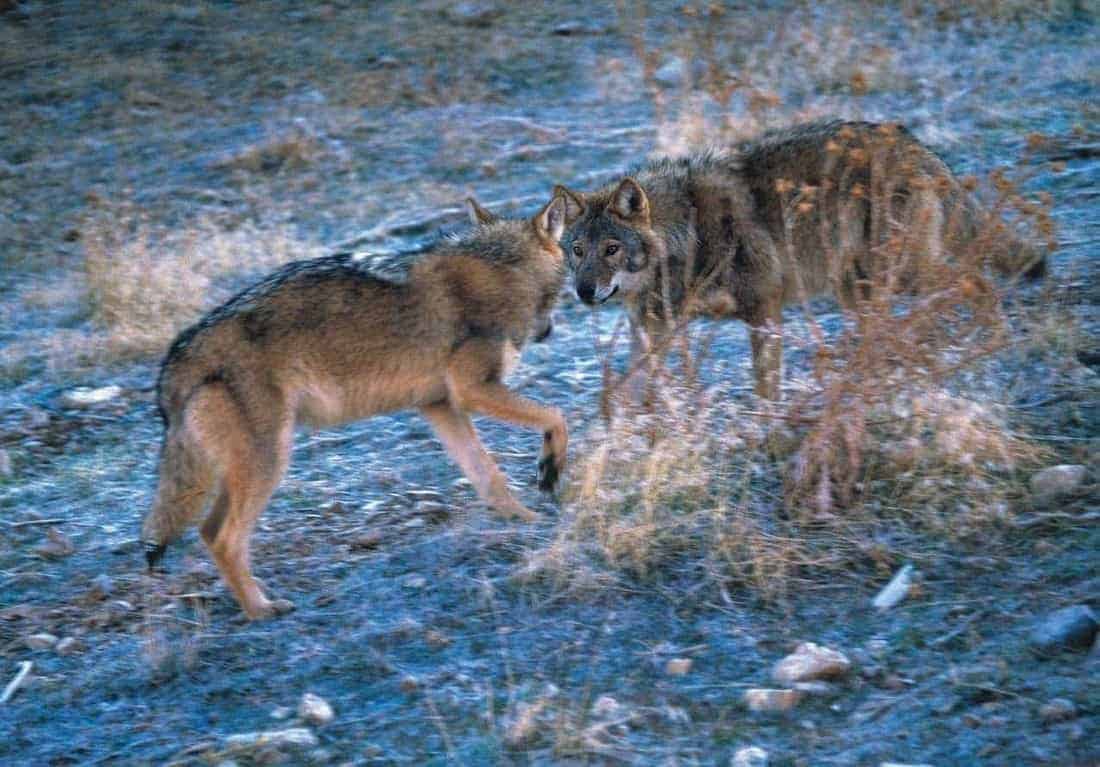
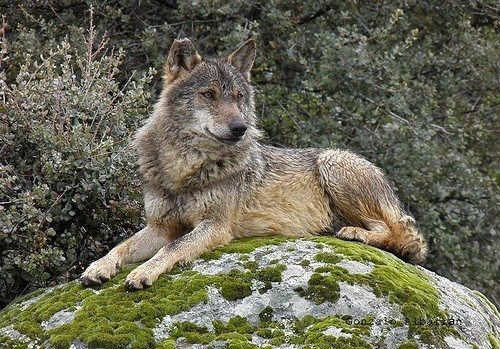
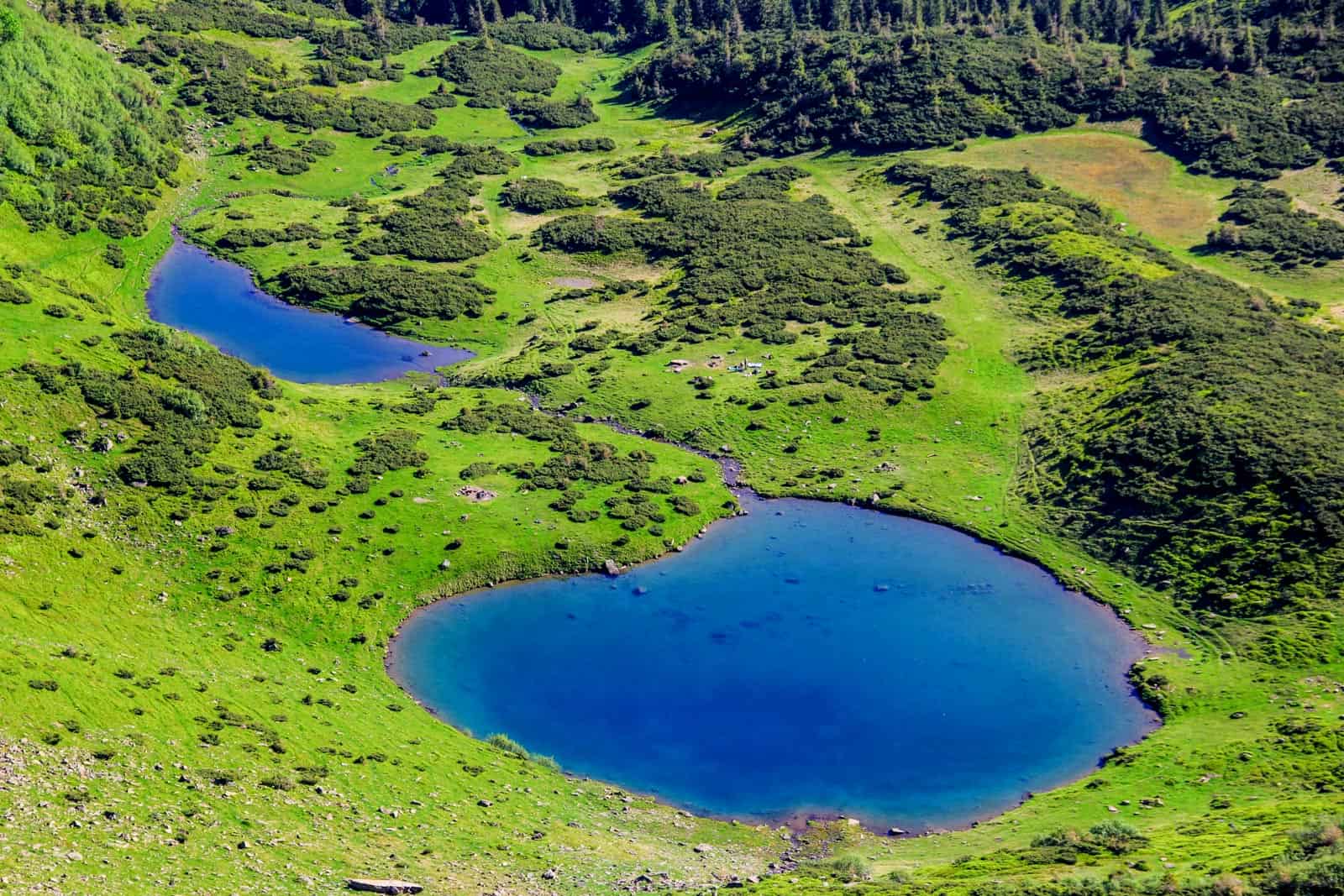
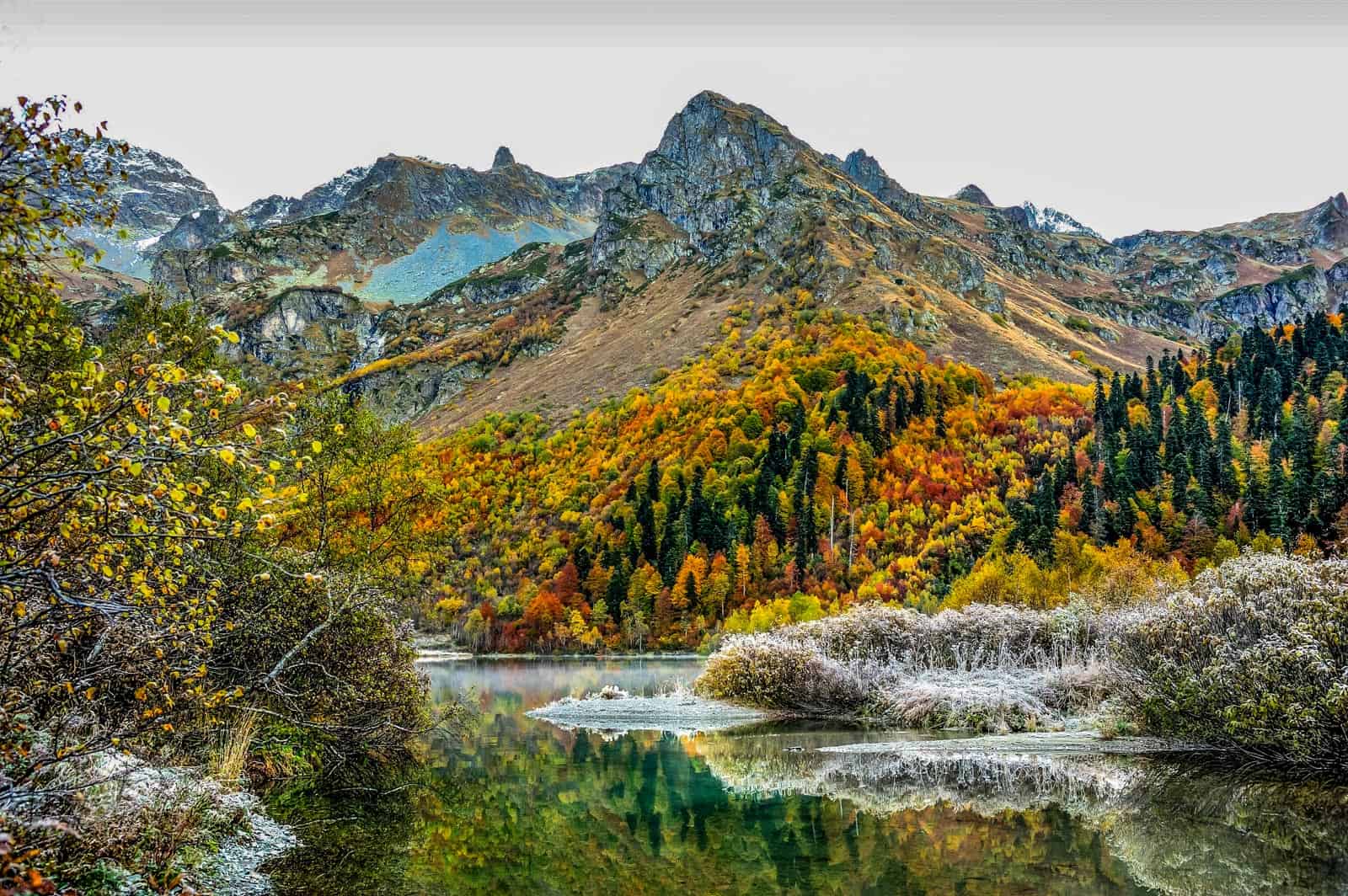
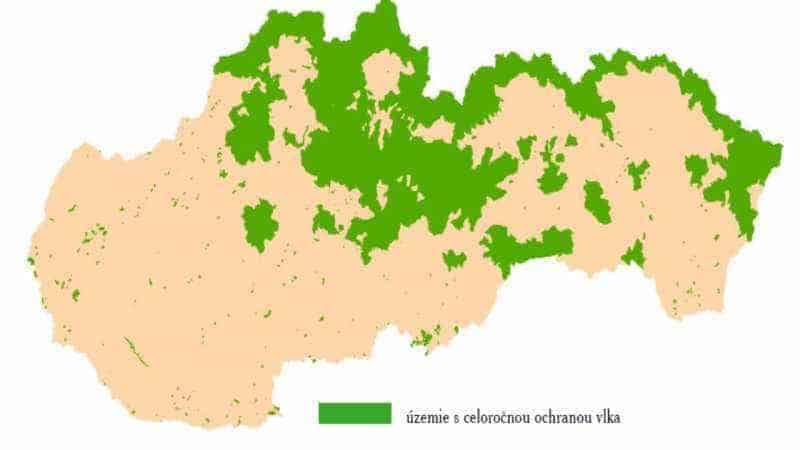
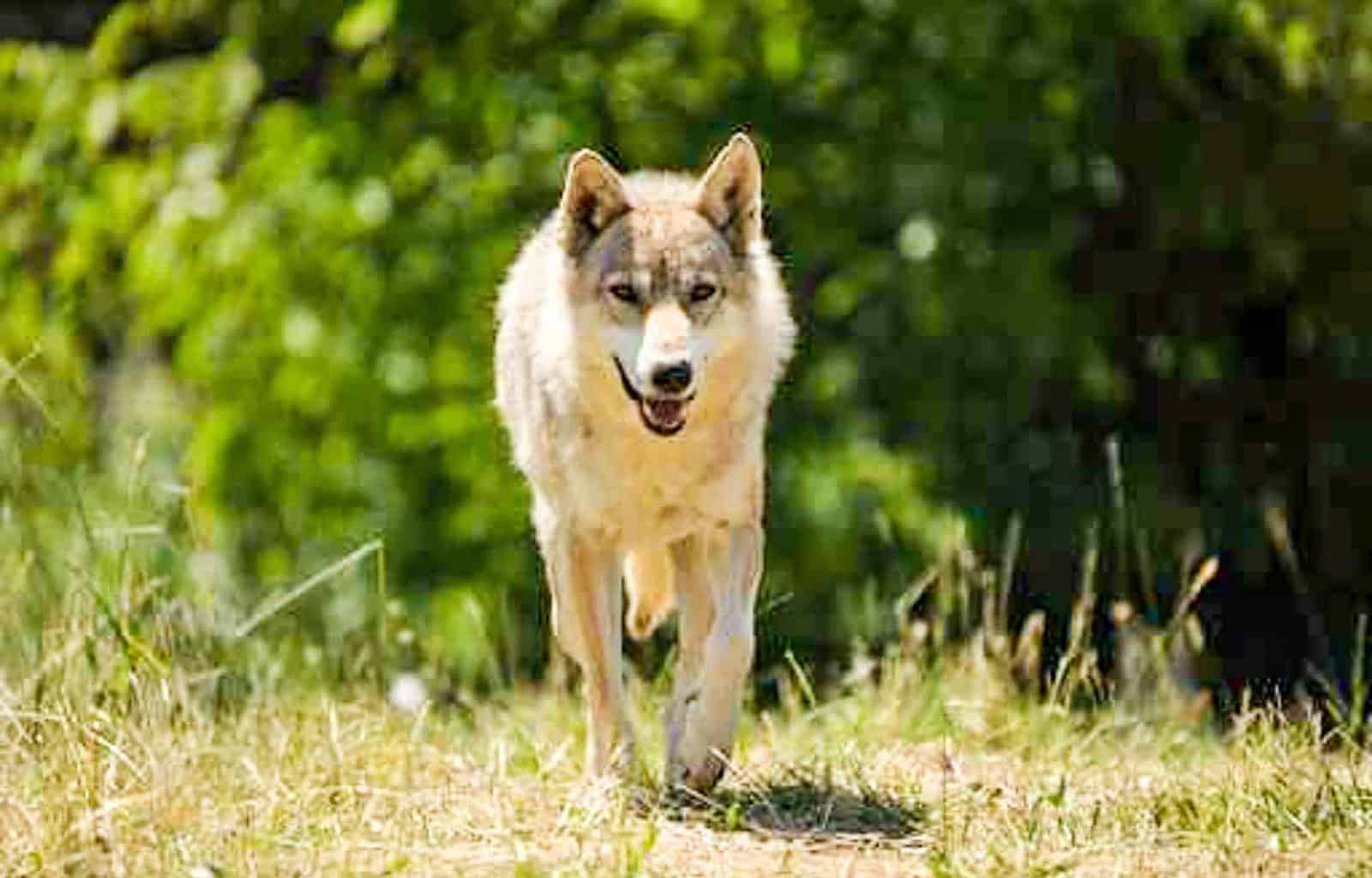
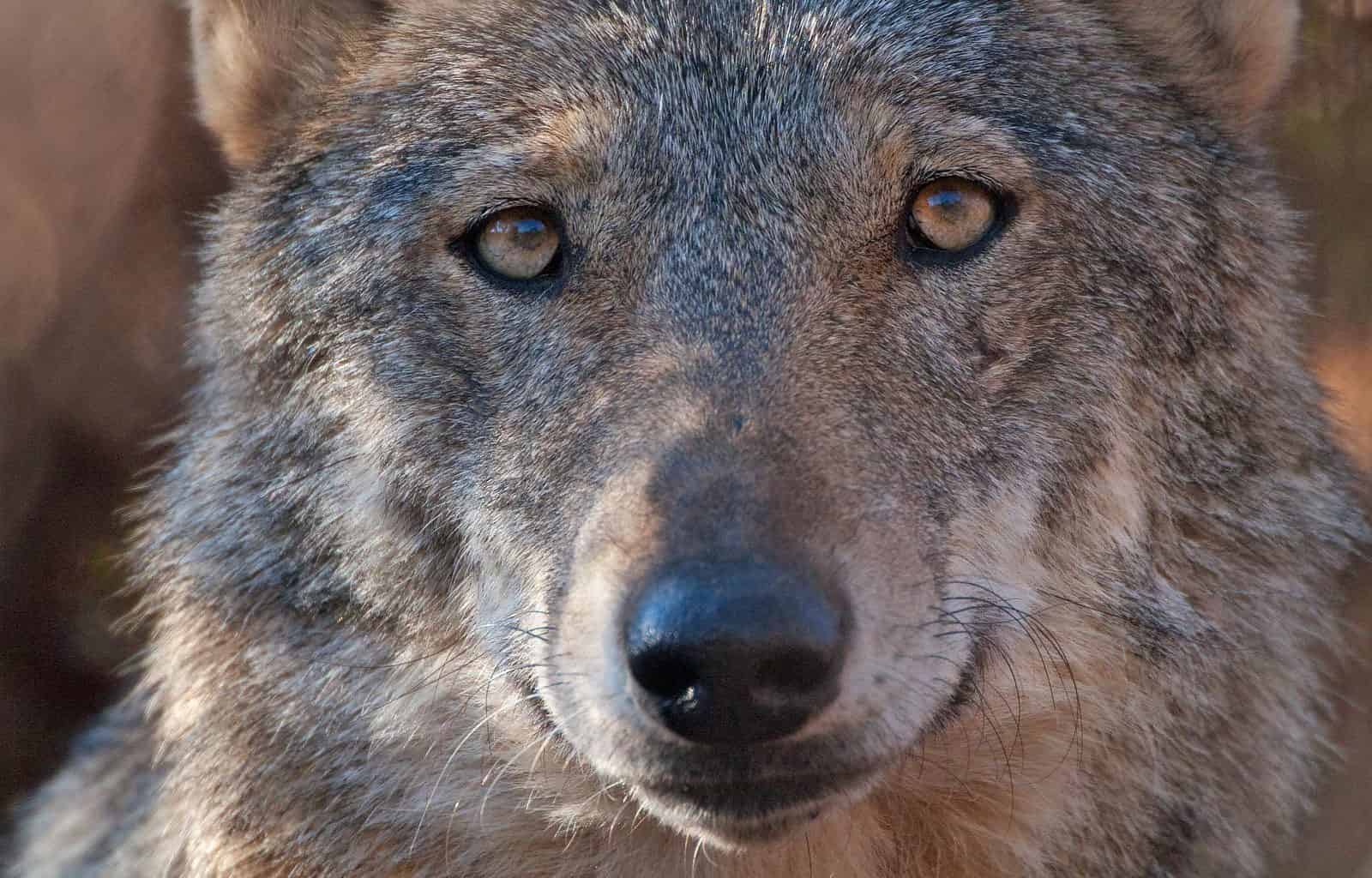
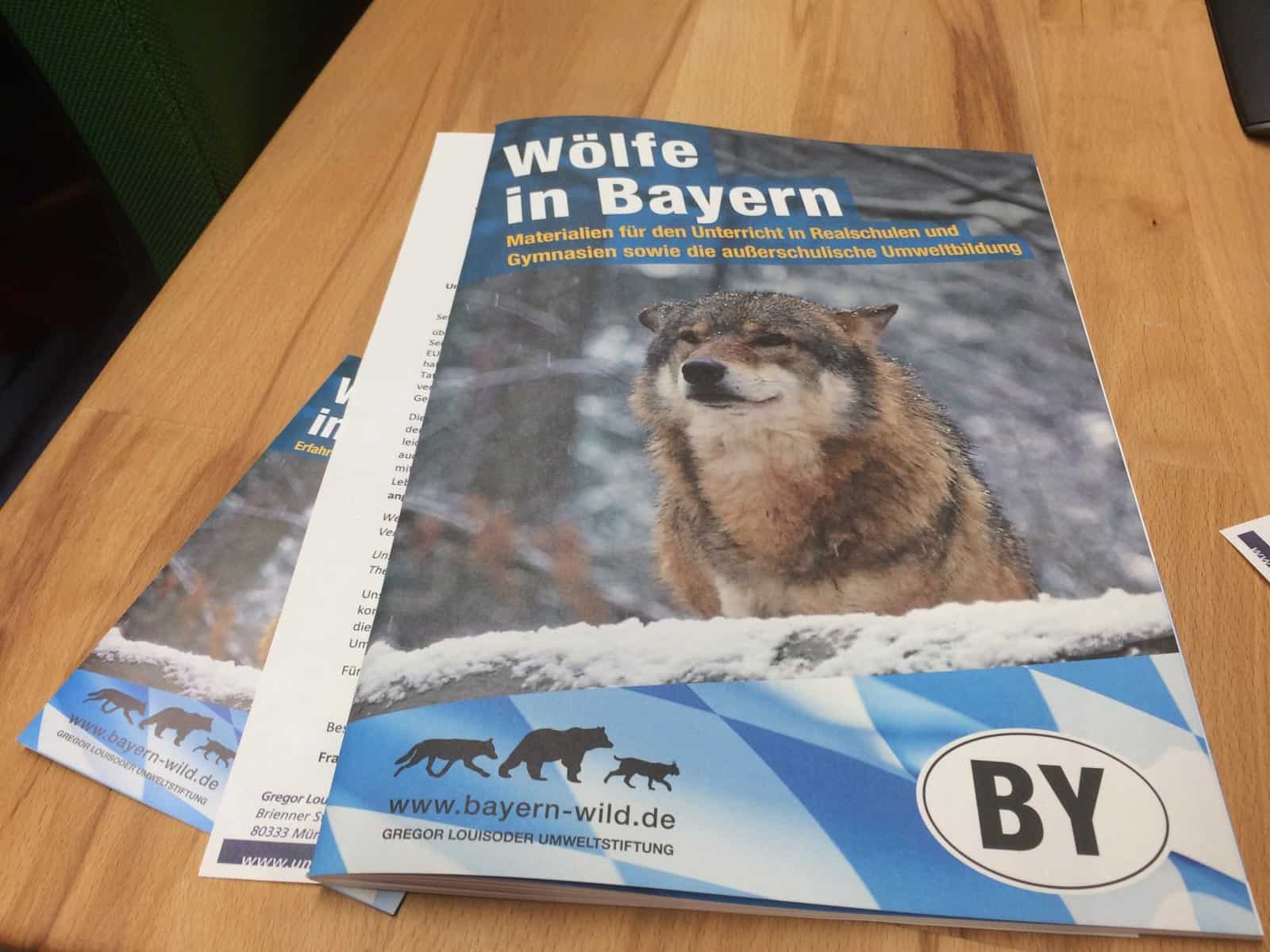
Dogs kill more sheep than wolves.
The average profit from one sheep is 10 euro (and that includes subsidies) – that’s the reason why the sheep owner must have other source of income and as a result sheep are left unattended.
Wolves kill ~115 sheep (out of 110 000) on average every year.
On average every hunter gets 200 kg game meat every year (mostly moose, red deer, wild boar and roe deer), however the hunters own less than 5% of forests – therefore almost all ungulates grow and feed on non-hunter property.
See page 34:
” Although wolf populations can tolerate very high hunting pressure, it is believed that the numbers start reducing after more than 30–40% of the biologically determined population is killed (Ballard et al. 1987).
…during the last 10 years, about 50–60% of the population is harvested annually (this assessment applies only to the part of population that inhabits the territory of Latvia, and not to the total Baltic wolf population). This, in turn, means that there are only about 500 wolves at the beginning of the hunting season. Hunters find it difficult to accept such an estimate as they consider wolf hunting much more energy-consuming and less efficient than hunting for other species. Most wolves in Latvia are shot when hunters are waiting for other animals.”
https://www.daba.gov.lv/lv/media/5915/download
For the last eight years 280 wolves had been killed in Latvia but this year the State Forest Service intend to kill 300 wolves out of 700 (including pups in May).
See page 10
Vilku skaita vērtējums
Gray column (the number of wolves in May with newborn pups) and green column (the number of wolves alive after the hunting season ends in April)
https://www.lms.org.lv/Uploads/2021/12/09/1639066932_.pdf
The hunting season lasts 8 1/2 months from July 15 – March 31 and hunters kill a lot of 2 months old pups.
Hello,
Sorry to hear that you are suffering from depredation. Let me assure you that we actually also have sheep and live and work in the country side. The reality is that the legal framework of the FFH directive requires livestock protection before derogation can be applied. If you have suffered continuously attacks from a wolf and this is clearly documented we suggest to contact the local authorities and demand measure to deter the wolf pack from continuing to attack your livestock protection. This procedure is described in the Art 16 of the FFH directive.
well as a Latvian who makes a living with livestock. I have lost a number of sheep to a local wolf family. I have all fencing in place and take great care in ensuring the enclosures are kept up… If wolf wants to kill it will find a way. you all say how disgusting it is that we should control an apex preditor!!! Its very easy in your ivory tower to preach about the beauty of the wolf… not so much so when you dont know how to pay your next bill because your entire livleyhood is wiped out in a night!!!
Dear Mr Vilkis, I know it’s a bizarre way of communicating but I’ve been trying to contact you regarding the petition and the situation of wolves in Latvia. I’m from NGO Pracownia na rzecz Wszystkich Istot, Poland. We have considerable experience in wolf protection ( ie: and would very much like to contact you regarding your campaign
Please find me diana[at]pracownia.org.pl
Max,
it would be valuable if you could make it clear that thanks to Latvia’s excessive wolf hunting it becomes like some kind of Black Hole / Sink for the whole European strategy of wolf reintroduction – I mean, Latvian hunters are killing Estonian, Lithuanian, Russian and Belarussian wolves and the consequence of that is a slowdown of Germany’s wolf recovery.
Can we make this a regular posting instead of just comments?
+++
yes, sure – but I think it would be better to edit it a little bit because my posts basically consist of raw material
thanks
Same here? Posting instead of comment…
Hi
Can we make this a regular posting instead of just comments?
some photos of killed lynx kittens and wolf pups:
https://www.medniekiem.lv/?m=trophies&pid=10458&p=1&b=0
https://www.medniekiem.lv/?m=trophies&pid=801&p=&b=
https://www.medniekiem.lv/trophies/0/10624/mk-rudzatu-mezmala/
https://www.medniekiem.lv/?m=trophies&pid=9353&p=1&b=0
https://www.medniekiem.lv/?m=trophies&pid=10119&p=2&b=36
https://www.medniekiem.lv/?m=trophies&pid=1123&p=&b=
+
a group of Scots reporting about Latvia for 2 years:
1) Nature Exchange 2013
Latvia
http://79.170.44.8/inactive.cgi?site=archnetwork.eu;key=f31baa32da98cb874cabd5b1841c3b0b
authors:
Mairi Buchanan, The Lodge Forest Visitor Centre Supervisor, Forestry Commission Scotland
James Elliot, Countryside Ranger
Jean Frame, Woodland Assistant, The National Trust for Scotland
Neil Mitchell, Reserves Manager, Scottish Natural Heritage Loch Leven NNR
Karen Rentoul, Operations Office
David Sexton, Mull Officer, RSPB Scotland
2) Nature Exchange
Latvia
Report of study tour,
7-14 September 2012
http://www.swcwt.org/uploads/2/3/0/6/2306635/nature_exchange_latvia_report_september_2012.pdf
authors:
Liz Auty
Jools Cox
Tom Edwards
Ian Francis
Karen van Eeden
You can take a look at LV wolf management plan “Wolf conservation plan” , especially pages 12-23 (management policy is referenced to Dr Dave Mech)
https://www.daba.gov.lv/upload/File/DOC/SAP_Vilks-08_EN.pdf
Some background information about Latvia :
Area ~ 64 000 sq.km
Forests ~ 50% of territory
The European Roe Deer numbers in 1997 were 38 419 (allowed limit/harvest bag to hunt 4 214 and actually killed 2 137) but in 2009 – 240 204
https://www.zm.gov.lv/public/files/CMS_Static_Page_Doc/00/00/00/16/39/20110728-4st1.jpg
The Red Deer (elk) numbers in 1997 were 20 460 (allowed limit//harvest bag to hunt 4 219 and actually killed 2 675) but in 2013 – 51 000
The Wild Boar numbers in 1997 were 15 228 (allowed limit/harvest bag to hunt 7 037 and actually killed 4 061) but in 2013 – 74 000
The Moose numbers in 1997 were 6 974 (allowed limit/harvest bag to hunt 1 288 and actually killed 994) but in 2013 – 19 000
The Beaver population exploded as well – in 2008 they were ~ 83 000
In killed wolf maps one can see that majority of killed wolves are within 100 km distance from Latvia’s border
to the European Commissar for Environment, Environment General-Directorate and the Secretariat of Bern Convention – is there scientific study which shows that wolf population in Latvia is sustainable without significant number of incoming wolves from Estonia, Lithuania, Russia and Belarus? If Latvia can maintain 200-300 wolves only thanks to incoming / migrating wolves from 120 000 km2 donor territory then it is wrong to confer ‘favourable conservation status’ to wolf population in Latvia.
As “ecologically effective” wolf density is 16-18 wolves per 1000 km2 then Latvia should have at least 672 – 756 wolves throughout the year for them to fulfill their ecological functions in the forest ecosystem. This is 2 – 3 times more than 200-300 wolves who are left after the hunting season is closed in April.
Carrying capacity for wolves in Latvia is ~ 1100 wolves.
Livestock depredation (usually happens to the same owners due to negligence):
2005 – 9 sheeps, 5 goats, 6 cattle
2008 – 39 sheeps, 6 goats
2010 – 5 cattle, 41 sheeps, 2 goats + injured 6 cattle/calves , 29 sheep
2011 – 242 (of them 176 sheep + 25 dogs)
2012 – 170 (of them 163 sheep)
2013 (till 1 Oct) – 174 (of them 152 sheep)
Average price of one sheep is ~140 euro
But one can compare that with:
a) in 2013 there were 660 car collusions with ungulates ( 2 dead, 40 injured)
b) replanting costs for State Forests ~ 6 million euro (because ungulates are grazing seedlings/saplings)
c) damages/costs of wild ungulates to farmers run into millions euro annually
VIDEO about wolf hunting in Latvia:
1) in January 2013 some 400 hunters arrived in Zvarde to kill one wolf family (hunters claimed that there were 9 wolves in total and managed to kill one wolf and injure 2)
Vilku medības Zvārdē
https://www.youtube.com/watch?v=m5CvMnufyNI
2) Vilku medības Rūjas purvā Wildlife.lv
https://www.youtube.com/watch?v=z0cbNl2wlFA
Right now here’s ~1440 hunting clubs with average hunting district area/size 27 sq. km (~ 5 x 5 km) and on average 15 hunters per club.
The two most popular ways how to hunt:
1) build hunting tower, and make some place where one regularly bring some food for ungulates then kill deer, elk, moose, boar (or wolf/lynx who are following ungulate trail) from hunting tower
2) hunting with beaters who are making extreme noise so wild animals run towards shooters
See video of wolf hunt with beaters and the noise is such that grizzly bear is panicking and running out of the forest
https://www.youtube.com/watch?v=7OeVU-P884E
So the main problem is not that wolves and lynxes would kill all ungulates in the forest but extremely small hunting districts where on average 15 hunters want to kill some ungulate every time they go into forest. And every time when they see wolf’s tracks they start to scream about wolves who are ’emptying’ forest of wildlife.
Until the World War 1 the hunting rights in Latvia historically were granted only to German landlords and Russian officials but Latvian peasants/serfs were poachers.
background information about wolf situation in Latvia:
During 1999-2007 the average hunting quota was 130 wolves (43% of population) and NOT more than 300 wolves were present when hunting season started in July.
But during 2008-2012 the average hunting quota was 180 wolves and 200-300 wolves left when hunting season is closed. In the last few years quota is 250-300 wolves.
Ex-director of Latvia’s Hunting department Janis Ozolins (who’s in charge of wolf/lynx monitoring) intended to publish scientific paper which would show that wolf and lynx populations in Latvia can endure bigger hunting pressure than usually is referenced in literature (for wolves above 40% and for lynxes above 10%). I mean, J.Ozolins intended to show that for a whole generation under very intense hunting pressure the local wolf population is stable and even slowly increasing – and that sounds like a music to ranchers, politicians and wolf-haters who can fiercely demand wolf harvest bag’s increase.
However, it is unknown to what extent this picture is distorted due to incoming wolves from neighbouring countries like Russia, Belarus, Estonia and Lithuania (70 out of 201 wolves were killed in border area in 2011-2012 season).
Because wolf hunting intensity for 15 consecutive years is above 43% I suspect that only thanks to incoming wolves from neighbouring countries (Estonia, Lithuania, Russia’s Pskov region) we still have some 200-300 wolves after hunting season (2013/2014 wolf quota was 300 wolves and hunters have killed at least 292 (apart from wolves killed by poachers)).
In Estonia, Lithuania and Pskov region in Russia wolves are not under so intensive hunting pressure but Latvia has more ungulates thanks to prevailing elk, deer, wild boar etc. farming policy + intensive logging provides a lot of forage for ungulates and winters are mild ( only 2 winters were harsh during last 15 years).
Total length of Latvia’s shared border with EE, LT, RU is 1200 km so if one remembers that to secure 200-300 wolves (after 300 wolf harvest) LV needs some 60-95 breeding pairs then with assumed average wolf dispersal distance ~ 100km it follows that Latvia can regularly collect/recruit wolves from 120 000 sq. km donor territory (it is 3 times bigger territory than the whole wolf areal in Latvia).
It is possible that every year, for example, 20 breeding pairs come into Latvia from neighbouring countries. And with average litter size 6 pups it should give 120 pups in total (who then compensate annual excesses of LV hunters so that officials can pacify European Commission that LV has ‘sustainable’ wolf policy/management)
I mean, hunters in Latvia are killing not only ‘local’ wolves but also those incoming / migrating from EE, LT, BY, RU and turning Latvia into a sink (not source) for the whole wolf meta-population and slowing down wolf renewal process by killing EE, LT, RU and BY wolves.
One thing is certain – Latvia has the biggest wolf harvest in the whole region and my suspicion is that LV hunters are regularly killing incoming wolves from EE, LT, RU and BY.
You can see that wolf packs are along the whole Latvia’s shared border with Estonia and Lithuania:
1) wolf maps in Estonia
“Status and management of wolf in Estonia”
http://pk.rmk.ee/parandkultuur/EFN2013/Status_and_management_of_wolf_in_Estonia_Peep_Mannil.pdf
2) wolf maps in Lithuania:
http://bip.gdos.gov.pl/doc/ftp/2012/Linas_Balciauskas_Litwa.pdf
3) presentation “Seven year experience of restricted wolf hunting in Baltic region: management systems,culls and responses in population.”
Janis OZOLINS,Peep MANNIL & Linas BALCIAUSKAS
https://www.terio.ee/sygiskool/sygiskool_2012/JO_et_al_BTC8.pdf
This is not just “unacceptable”, this is a crime against nature itself.
Hi, like Mareks says, please sign the petition…
hey, this article is missing the most crucial part – you can sign the petition @
https://www.change.org/p/to-the-parliament-of-latvia-stop-killing-wolf-pups-and-shorten-wolf-hunting-season-in-latvia
and every signature from anywhere IS important! I will explain later 🙂
Thanks for support! and just to clarify – this is the first wolf petition about wolves in Latvia. And it will be sent to European Commissar of Environment and Bern Convention’s secretariat who must respond if there’s complaints about mistreatment of Protected Species